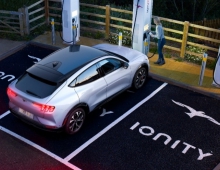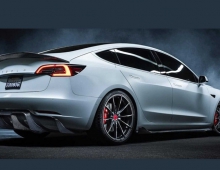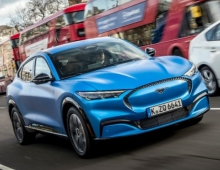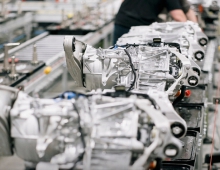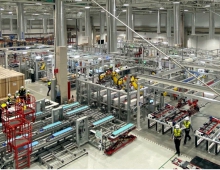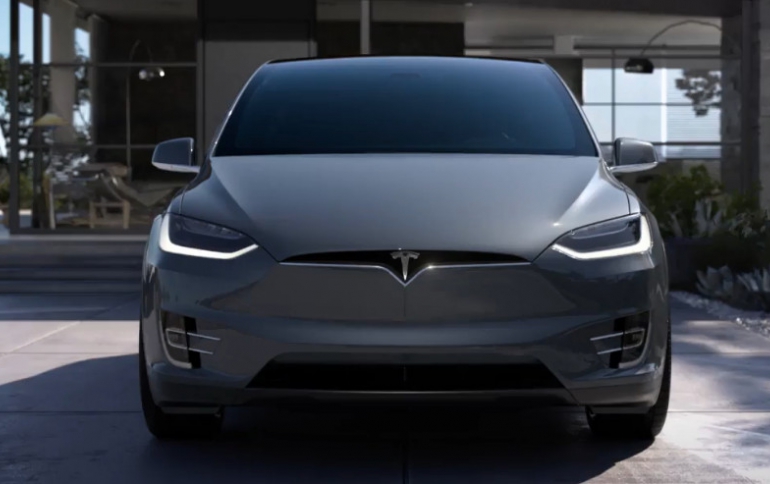
Tesla Claims There is No “Unintended Acceleration” in Its Vehicles
Tesla says that the petition that the National Highway Traffic Safety Administration (NHTSA) said it would review and was related to sudden unintended acceleration reports of Tesla vehicles, is completely wrong.
NHTSA said Friday it will review a petition asking the agency to investigate 500,000 Tesla Inc vehicles over sudden unintended acceleration reports. The petition alleges that the subject vehicles contain a defect that can cause sudden unintended acceleration, which may result in crash and injury.
"This petition is completely false and was brought by a Tesla short-seller," Tesla said, adding that every single incident where the driver alleged that their vehicle accelerated contrary to their input was inverstigated by Tesla, and according to the vehicles' data, the "cars operated as designed." "In other words, the car accelerates if, and only if, the driver told it to do so, and it slows or stops when the driver applies the brake," Tesla added.
Tesla said that the accelerator pedals in Model S, X and 3 vehicles have two independent position sensors, and if there is any error, the system defaults to cut off motor torque. Likewise, applying the brake pedal simultaneously with the accelerator pedal will override the accelerator pedal input and cut off motor torque, and regardless of the torque, sustained braking will stop the car. Tesla also uses the Autopilot sensor suite to help distinguish potential pedal misapplications and cut torque to mitigate or prevent accidents when the system is "confident" the driver’s input was unintentional. Each system is independent and records data, allowing Tesla to examine exactly what happened.
"We are transparent with NHTSA, and routinely review customer complaints of unintended acceleration with them. Over the past several years, we discussed with NHTSA the majority of the complaints alleged in the petition. In every case we reviewed with them, the data proved the vehicle functioned properly," Tesla added.


